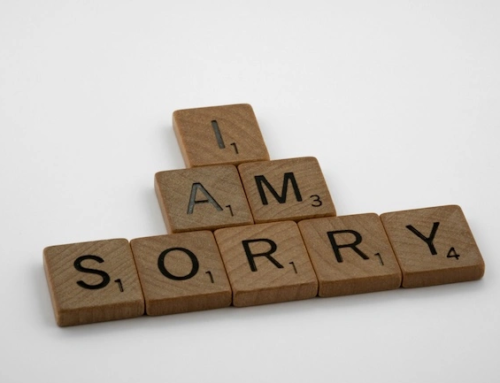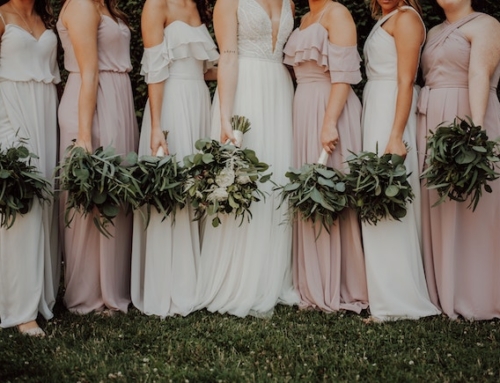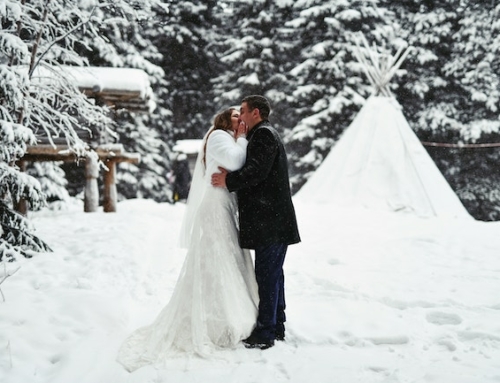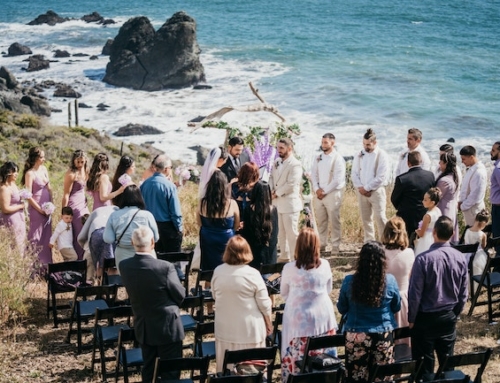A well-thought-out seating plan can help to create a comfortable and enjoyable atmosphere for all guests. It ensures that family members and friends are seated together, and it can even help to prevent potential conflicts or awkward situations.
However, designing a wedding seating plan can be an overwhelming task, particularly for couples who are new to the process. That is why we have developed this guide to offer helpful tips and suggestions on how to develop a seating arrangement that is tailored to your wedding.
Determine your seating arrangement
Before you start creating a seating plan for your wedding, you’ll need to determine what type of seating arrangement you want to use. There are several different options to choose from, each with its own benefits and considerations.
Traditional Seating:

This is the most common type of seating arrangement for a wedding, where guests are seated in rows facing the front of the room, where the couple and the wedding party are standing. This type of seating arrangement works well for more formal weddings and for larger venues.
Banquet-Style Seating:

This type of seating is also known as family-style seating, and is often used for smaller weddings. Tables are set up in long rows or rectangles, and guests are seated along the sides facing each other. This type of seating arrangement is more conducive to conversation and allows for guests to interact with each other easily.
Lounge-Style Seating:

Lounge-style seating is a more relaxed and informal option. This type of seating arrangement includes comfortable seating options, such as sofas and armchairs, arranged in groups throughout the reception space. This option works well for couples who want to create a more casual and laid-back atmosphere for their guests.
When choosing a seating arrangement, it’s important to consider the size and shape of the venue, as well as any special requirements, such as accessibility for guests with disabilities. You should also consider the number of guests and the overall atmosphere you want to create.
Gather guest information

To create a successful seating plan, you’ll need to gather information about your guests. This includes RSVPs, guests’ relationships, and any special requirements they may have. Here are some tips for gathering guest information:
Collect RSVPs:
The first step in gathering guest information is to collect RSVPs from your guests. Make sure to set an RSVP deadline that gives you enough time to create the seating plan before the wedding. You can use a wedding website or online RSVP system to make it easier for guests to RSVP.
Keep track of guests’ relationships:
It’s important to know how your guests are related or connected to each other. This will help you group guests together in a way that makes them comfortable and encourages conversation. For example, you might want to seat close family members together or group friends who haven’t seen each other in a while.
Note any special requirements:
Make sure to ask your guests if they have any special requirements, such as dietary restrictions or mobility issues. This information will help you assign seats or tables that are suitable for each guest. For example, if you have guests with mobility issues, you might want to seat them close to the entrance or at a table with easy access.
Keep a record of guest information:
Keep track of all the guest information, make it easier to create the seating plan and communicate it to your guests. thebigdays offers a comprehensive guest list management system that allows you to easily input and organize all of your guests’ information in one place. This makes it easier to keep track of guests’ dietary preferences, seating preferences, and other important details that will help you create a seating plan that works for everyone.
Create a seating chart

Once you have gathered guest information, it’s time to create a seating chart. Here are some tips to help you create a successful seating chart:
Use a seating chart tool:
There are many online tools available that can help you create a seating chart. These tools allow you to easily allocate guests into their assigned seats or tables.
thebigdays wedding planning system also allows you to create a digital seating chart for your wedding. You can assign guests onto tables and move them around as needed until you have a seating plan that works. This feature can save you time and effort compared to creating a seating chart manually.
Group guests together:
When creating your seating chart, group guests together based on their relationships and preferences. For example, seat families together or group friends who share common interests. This helps to create a comfortable and enjoyable atmosphere for everyone.
Consider the head table:
If you’re planning on having a head table for the wedding party, make sure to position it in a way that allows the wedding party to see and interact with the rest of the guests. You can also consider seating significant others or close family members at the head table.
Leave room for flexibility:
It’s important to remember that not everything will go according to plan on the wedding day. Leave some room for flexibility in your seating chart so that you can make adjustments if needed.
Assign seats or tables

After you’ve created your seating chart, it’s time to assign seats or tables to your guests. Here are some tips to help you assign seats or tables for your wedding:
Use place cards or table numbers:
Once you have assigned seats or tables to your guests, create place cards or table numbers to help guests find their seats. You can use pre-made cards or create your own with cardstock or decorative paper. Make sure the cards or numbers are clearly visible and placed in a prominent location.
Assign seats based on relationships:
Assign seats based on guests’ relationships to each other. This can help encourage conversation and make guests feel more comfortable. For example, you might seat close family members together or group friends who haven’t seen each other in a while.
Consider guests’ preferences:
Take into account any special requests or preferences that your guests may have. For example, if you have guests with mobility issues, you might want to seat them at a table near the entrance. You can also consider dietary restrictions or seating preferences (such as near a window or away from loud music).
Mix and match:
Don’t be afraid to mix and match guests from different groups or social circles. This can help encourage conversation and create a fun and lively atmosphere. You can also consider seating guests next to someone they haven’t met before, which can be a great icebreaker.
Be flexible:
Remember to be flexible and open to making changes if necessary. Guests may change their plans or there may be last-minute adjustments that need to be made. Stay calm and adaptable, and remember that the most important thing is that your guests have a great time.
Communicate the seating plan

Once you have assigned seats or tables for your guests, it’s important to communicate the seating plan to them. Here are some tips to help you communicate the seating plan for your wedding:
Show guest seating info immediately after check-in:
Showing guest seating information immediately after check-in can help avoid confusion and misunderstandings among guests. This ensures that guests are seated quickly and efficiently, allowing you to start the wedding on time and avoid any delays.
If there are any last-minute changes or issues with seating arrangements, having guests check-in and immediately receive their seating information makes it easier to troubleshoot and make adjustments quickly.
Use place cards or table numbers:
Use place cards or table numbers to help guests find their seats. Make sure the cards or numbers are clearly visible and placed in a prominent location. You can also consider adding a small note or message to the place cards to personalise them for each guest.
Be prepared for last-minute changes:
Remember to be prepared for last-minute changes or adjustments to the seating plan. Have extra place cards or table numbers on hand, and be ready to make changes if necessary.
By utilising thebigdays wedding planning system, it offers real-time collaboration between you and your partner. This means that you can work on the seating plan together, even if you’re not in the same location. You can also share the seating plan with other members of your wedding party, such as your wedding planner or venue coordinator, to ensure that everyone is on the same page. It streamlines the process, makes it easier to collaborate, and helps ensure that all of your guests are comfortable and happy on your big day.










